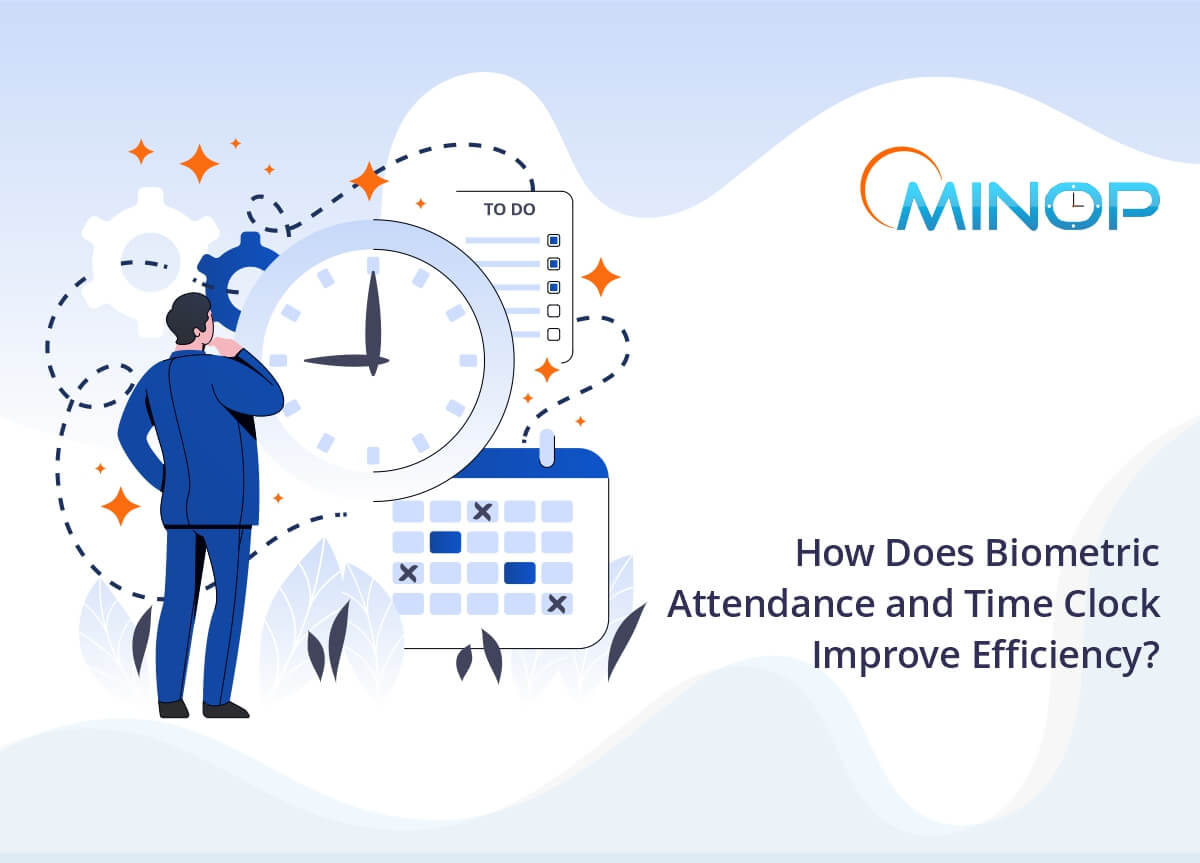How Does Biometric Attendance and Time Clock Improve Efficiency?
Posted On:- 18 June By:- Sivaranjith Sivaraman
An attendance and time clock device records the attendance and time an employee worked. The system improves the efficiency of HR departments by giving them the ability to capture real-time workforce data and eliminate payroll-related problems. By keeping track of their work hours, an attendance and time clock management system increases workforce productivity. While the time clock accurately records working hours, biometric technology authenticates the employee's identity and requires the employee's actual presence. In this blog post, we will discuss how does biometric time and attendance clock improve efficiency.
Compelling reasons to switch to biometric time and attendance system
Whether for bigger or smaller organizations, the biometric attendance clock system can improve the workforce's efficiency; let's check how.
Accurate identification
The biometric time clock system authenticates a person by their unique biometric characteristics. Time theft and buddy punching among employees can be reduced since biometric data is difficult to duplicate.
Accurate payroll processing
The time and attendance clock can integrate with payroll software, which can speed up the payroll process. Since the attendance clock records the exact work time, there won't be any confusion in calculating overtime work, payments, and attendance-related bonuses.
Enforce schedules
The biometric time clock enforces employees to follow the shifts accurately. When an employee tries to open a door before his shift begins, the door will deny access since his shift time hasn't started yet. Since the biometric is unique, one person can't use another person's IDs to enter the premises.
Remote functionality
Biometric attendance and time clock can access from mobile apps or web applications. For example, an employee is working remotely for an onsite client project, his attendance and working hours can be recorded as he logs in and log out of his system. Bio-login devices integrated are used to authenticate a person.
Restrict employee access to enhance security
Managements can restrict access to certain employees from accessing specific departments and offices. The system allows management to control who has access to the high-security areas-for example, a server room, a bank's wallet, secret rooms, a boardroom, etc. The management can grant or revoke the access at any time.
Cloud-based services
In earlier systems, organizations had to use a private server to store their attendance day. But now, all the attendance-related data can be uploaded into cloud-based attendance software. The employees can access their data online from the cloud software. Even if an organization is already using a server facility, it can depend on the cloud to expand its storage. Many organizations take advantage of this hybrid facility, storing sensitive information on a private server while storing other data on the cloud.
There are numerous cloud-based attendance software options available on the internet; for example, Minop (we provide a free 30-day trial). These software systems include the most up-to-date security features to protect employee biometric data.
Save space
All biometric attendance devices are compact and don't require much space to install. Unlike traditional paper systems, it doesn't require a separate office space, and it may also save server space if the firm uses cloud software.

Comments